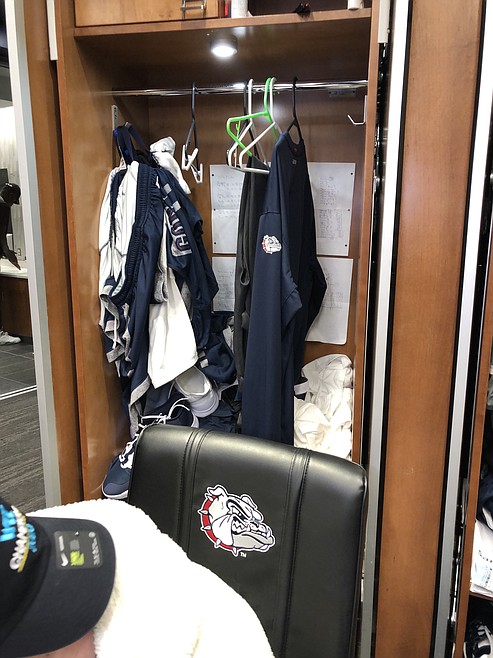‘Once you’re a Zag, you’re a Zag for life’
|
April 28, 2020 1:37 AM
No surprises.
No real news...
Become a Subscriber!
You have read all of your free articles this month. Select a plan below to start your subscription today.
Already a subscriber? Login




